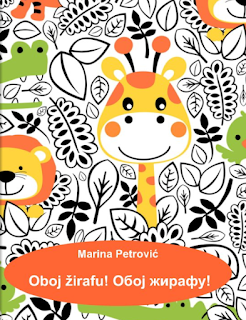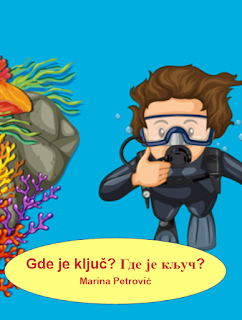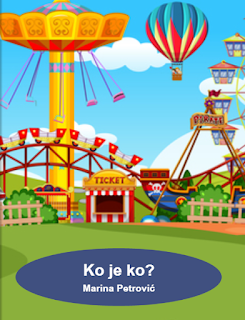You can always revise the simple structures by following the Serbian for Beginner course tag, as well as Serbian Lesson Pages.
In our previous pre-intermediate lesson we covered:
In our previous pre-intermediate lesson we covered:
- the names of the capitals
- the Locative case (practice and explanation with the practice)
Let's use the similar group of words, this time "places in the city" to express our whereabouts:
- "Ćao! Gde si ?" = Hi, where are you ?
- "Zdravo! Sada sam u muzeju. A ti ? " = Hello, I'm in the museum. And you ?
- "Ja sam na autobuskoj stanicu ! Vidimo se za pet minuta!" = I'm at the square ! See you in five minutes!

.png)













